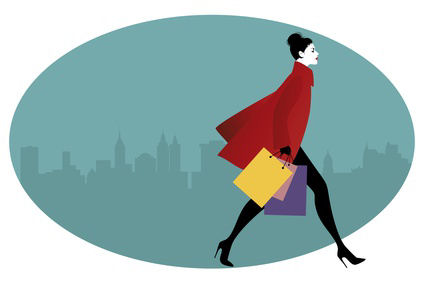|

QuickTOC:
Giftshop
Introduction
01
02
03
04
05
06
07
08
09
10
11
12
Giftshop
About Paris Giftshop Notes by Jean-Thomas Cullen
06. Island USA, Chocolate Then, Imports Today
When I was a child in Europe, I was like most kids there in love with Côte D'Or chocolate from Brussels. My parents and I came to the U.S. in 1960 when I was 10 and, while I was intrigued by new adventures and flavors (e.g., popcorn), I sorely missed our old elephant-picture chocolates which are truly world-class. I'm referring to the classic logo of an elephant on the wrapper, whose title means Gold Coast, and refers to the former Belgian empire in Africa.
In those days, if you walked into a U.S. home, about 100% of everything in that house was made in the USA. People considered it unimaginable to buy anything (clothes, furniture, dishes, food, a car) imported from a foreign country.
The change probably started in the 1960s and 1970s (I'm guessing) with the growing tsunami (no pun intended) of Japanese car imports, along with transistor radios and other gadgets. Until then, people in the U.S. lived as if on a huge island, isolated from the world. Today, most everything seems to be made outside the USA, now notably in China.
Starting around the turn of the century, a booming market of imports from Europe developed. I remember when the first European chocolates became available in the U.S. in the 1980s or so, they were usually gray from months of traveling along unaccustomed routes. In the late 20th Century, there began a heavy flow of European goods into the U.S. along well-traveled and efficient routes, so the chocolate was no longer gray but fresh.
As in the Irish cheese story, or the Italian gift plate mentioned above, you may be able to buy the same trinket in your home town or city in North America. It's a good idea to think about these issues before your trip, and plan ahead as best possible. You're probably holding a portable computing and telephone device as you're standing in the Plaza of Questions far from home. Check it out online: can you buy that plate or order that clock back home? Save yourself a forehead slapping moment.
It's best to travel light. Take your friends' addresses with you, and send them postcards. Often, the imported stuff you can buy at home is just as fresh and good. A cheese bought at your grocery store, even if shipped 9,000 miles from Krakatoastan, will tend to be fresher than the same cheese carried wrapped in your underwear for a month through sweltering heat and throbbing jet engine vibes.

TOP
Copyright © 2018 by Clocktower Books. All Rights Reserved.
|